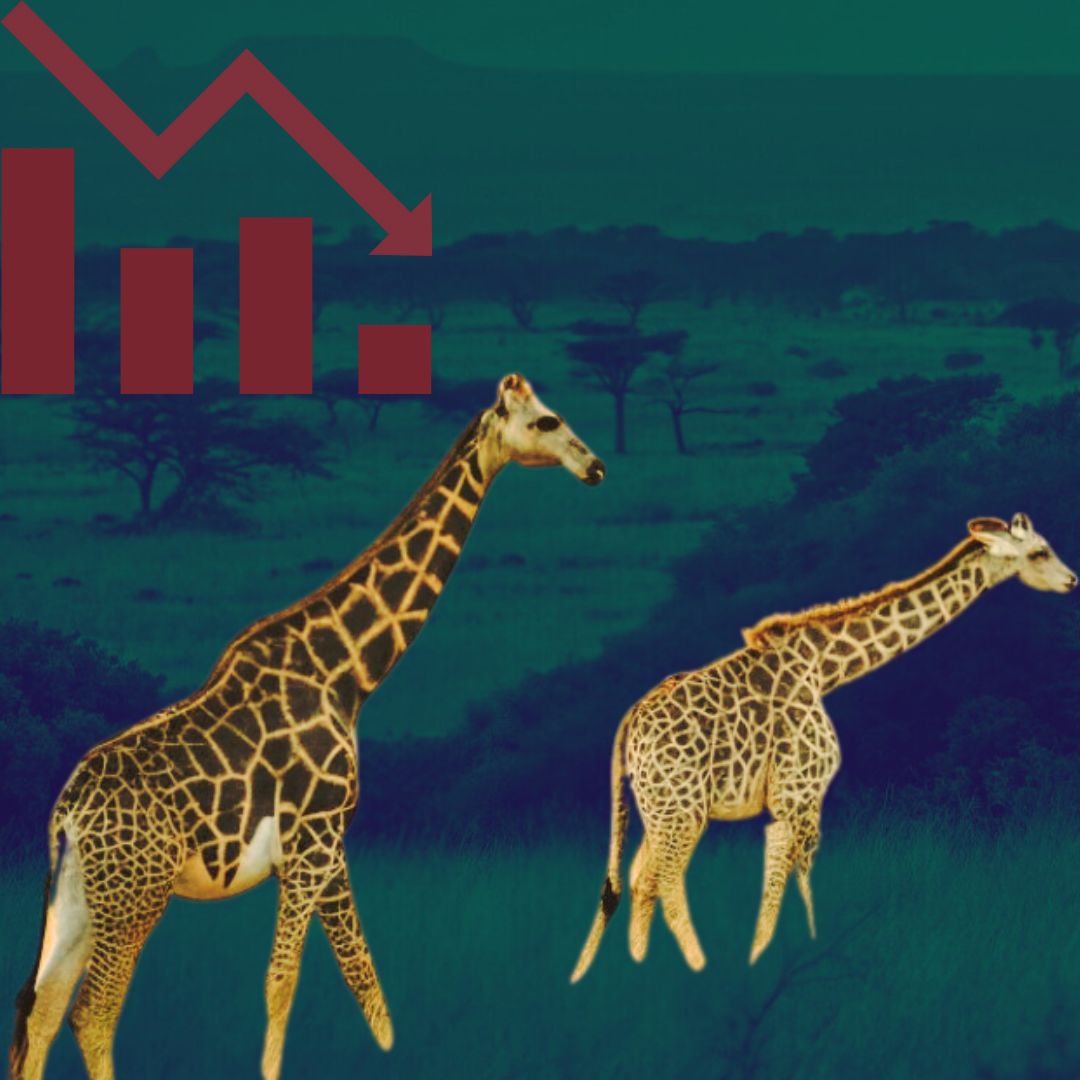The U.S. Fish and Wildlife Service has proposed federal protections for giraffes, marking the first time these animals may be classified as endangered under the Endangered Species Act. This decision comes amid a dramatic 77% decline in populations of northern giraffe subspecies, primarily due to poaching, habitat loss, and climate change impacts. Conservationists stress the urgency of this measure to combat wildlife trafficking and promote biodiversity.
Urgent Protection Needed
The proposal specifically targets the West African, Kordofan, and Nubian giraffes, whose numbers have plummeted from over 25,000 in 1985 to just 5,919 today. Martha Williams, Director of the U.S. Fish and Wildlife Service, emphasised that these protections will enhance ecosystem health and support sustainable practices while preventing further decline. Danielle Kessler from the International Fund for Animal Welfare highlighted the issue as a “silent extinction,” urging swift action to safeguard these species.
Additionally, giraffes are increasingly facing human-wildlife conflicts in regions like Kenya, where drought and habitat loss force them into agricultural areas, leading to violent encounters with farmers.
Context of Decline
Giraffes face numerous threats, including urbanisation and climate-related droughts that exacerbate habitat destruction. Their population has decreased from approximately 140,000 to around 68,000 over recent decades, reflecting a concerning trend that has received less attention compared to other endangered species like elephants. The proposed regulations aim to curb illegal hunting by requiring permits for importing giraffe parts into the U.S., a significant market for such products.
Notably, in 2019, CITES granted giraffes protection from international trade, underscoring global recognition of their endangered status. Public feedback on this proposal is open until February 2025, with final decisions expected thereafter.
The Logical Indian’s Perspective
This initiative reflects a critical step towards protecting vulnerable species and preserving biodiversity. As we advocate for harmony between humans and wildlife, it is vital to engage in discussions about conservation efforts.
How can we collectively contribute to safeguarding our planet’s precious fauna?












